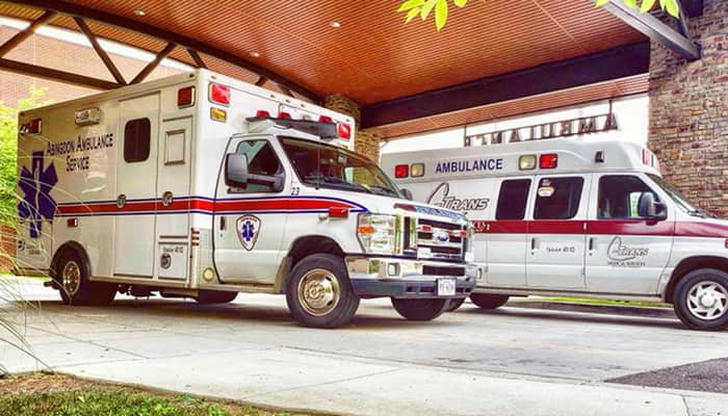Health Insurance Coverage for Ambulance Services

Medical emergencies occur when one least expects. The quick availability of ambulance service, therefore, is a lifesaver. However, the cost of ambulance services is relatively something that will give a person sleepless nights if one is still determining whether the health insurance will cover this. This blog explores what health insurance typically covers for ambulatory services, what happens if the provider denies coverage, and how to face the financial implications.
What Does Health Insurance Cover for Ambulance Services?

Probably the most needed during emergencies are ambulance services; however, these depend mostly on your insurance plan. Here's the lowdown:
1. Types of Ambulance Services Typically Covered

Most health insurance plans cover ground ambulance services, which include transportation by emergency vehicles to the nearest appropriate medical facility. In addition, most plans will cover air ambulances, including helicopters or planes, if the situation is an emergency and ground transport would delay needed care.
Insurance companies often differentiate between emergency and non-emergency transports. Most emergencies-self-caused heart attacks or severe trauma, for example-are covered. Non-emergent transport ride to a facility for some routine check-up, for instance, requires preauthorization.
2. Conditions for Coverage

Ambulance services are only covered with certain conditions:
Medical necessity: Ambulance transportation should be medically required to ensure that the patient is handled with the most urgent care or observation during transport.
In-network providers: Some insurance plans offer coverage for specific ambulance services provided by in-network suppliers.
Prior authorization: Non-emergency rides are subject to additional requirements where pre-approval must be done before such a ride is covered.
3. What Is Covered?

Typically covered expenses include the following:
• Base transportation costs for the ride in the ambulance.
• Mileage. The cost is measured by the distance of the travel.
• Any additional costs are based on special care and equipment provided while in the ambulance, like an oxygen supply or advanced monitoring.
• But still, even with that, the coverage can be capped, and the excess lies with the patient.
What Happens If Insurance Doesn’t Cover Ambulance Costs?

Ambulance services may be denied, resulting in high bills left to patients. It is important to know why claims are denied and how to correct these claims.
1. Some common reasons for denied coverage.

Lack of medical necessity: in cases where the insurance company finds that the ambulance was not medically necessary, for this reason, they could not pay.
Out-of-network providers: Ambulance services purchased outside of your insurance network are likely to be either partially or not covered.
Non-emergency transport without prior approval: For scheduled rides, failing to get pre-authorization can result in a denied claim.
2. Uncovered Costs Financial Implications

An ambulance ride may cost between $500 to $2,000 or more for ground transport without coverage. Air ambulance services may go up to more than $20,000 to $50,000 or more. Besides, balance billing is applied to patients whereby the ambulance provider charges them for the remaining balance between their fees and what the insurance will pay.
3. What to Do If Denied Coverage

If your claim is denied, follow these steps:
Review your policy: Verify with your insurance plan that the service should have been covered.
File an appeal: Most insurance firms have an appeal process for denied claims. File the relevant medical records and a letter from your doctor stating the necessity of the service.
Negotiate the bill: You do directly talk with the ambulance company. Most providers do offer discounts or payment plans when you cannot pay upfront.
4. Alternatives to Reduce Ambulance Costs
Ambulance membership programs: Some organizations offer membership plans where, for a yearly fee, individuals are guaranteed to not have hefty bills for ambulance service.
The correct health insurance: When selecting health insurance, get a health insurance package that has a lot of coverage in terms of emergency services.
Telemedicine or urgent care: If your situation is not an emergency, try to use programs that completely avoid ambulance transportation.
Conclusion
The answer to medical emergencies is ambulatory services, but knowing what your health insurance covers is just as important. Reviewing your policy, choosing in-network providers, and knowing the steps to appeal denied claims will save you financial surprises. So being prepared for emergencies may just be the difference maker so that you are dealt with based on your health condition rather than some unexpected bill.
